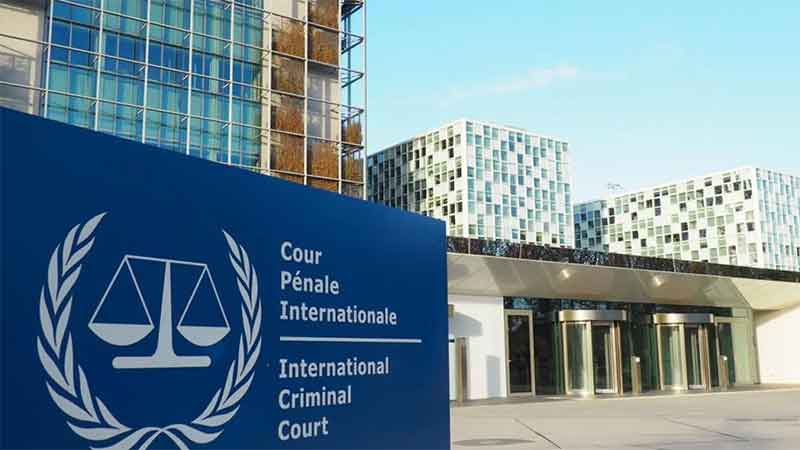
Landslides are becoming increasingly frequent and destructive, and the last week of July 2021 has been particularly worrying in India in this context as within the span of a few days in Maharashtra, Western Ghats and Himalayan region landslides claimed over a 100 human lives. This is part of a rising trend of landslides becoming more destructive in India as well as several other countries.
According to the Durham Fatal Landslide Database the actual number of landslide related fatalities during 2004-10 was actually roughly five to ten times of the estimates mentioned earlier. The previous estimates for this period ranged between 3000 and 7000 while the new estimate given by this database is 32300.
Prof. Dave Petley, who led the efforts to prepare the Durham Fatal Landslide Database at the International Landslide Centre in Durham University, included several research papers and reports from aid agencies along with government data to prepare his database. Clearly estimates based on government data alone underestimated the fatalities to a very considerable extent.
Prof. Petley has said, “ We need to recognize the extent of the problem and take steps to manage what is a major environment risk to people around the world.”
Why are landslides becoming more destructive and proving so costly in terms of loss of human lives in recent times? One important factor is the relentless deforestation leading to the denudation of hills making them more vulnerable to landslides. Another factor is the increasing poverty of a large number of people which forces them to settle in more dangerous areas where others do not want to live. Hence the poorest people have to settle in more hazardous zones and over a period of time this dangerous area can even become a dense habitation.
In addition many previously safe areas are being converted into vulnerable zones by high risk activities. Without giving due consideration to geologically weak formations and special vulnerability of certain areas very indiscriminate construction and mining activities are taken up which also involve blasting work. In the process previous landslide zones become more active and several new landslide zones are also created.
Some years back I had visited the villages of Doon Valley ( Uttarakhand) which had been devastated by mining. Here villagers told me that when stones and boulders fell in their villages from landslide areas they felt as if their village was being bombarded by some invading force. This was directly related to the impact of indiscriminate mining.
Then at the time of the indiscriminate construction activities in the various works of the Tehri dam project (Uttarakhand) several villages were devastated by landslides and much later, villagers living above the waters of the newly created lake were found to be living in fear of their houses sliding towards water.
More recently the indiscriminately taken up highway widening work on Parwanoo Solan highway in Himachal Pradesh (as well as several other Himalayan highways and tunnels) has badly endangered many nearby villages as well patches of highways. Protective works taken up have been often found to be inadequate and billboards increasingly warn drivers about the sudden fall of boulders and rubble.
Many such examples can be given to show that caution is not exercised by miners and builders even in highly vulnerable areas leading to higher incidence and intensity of landslides. Of course the technology of protective works has progressed but this by itself cannot help much if first caution is thrown to the winds so that more and more difficult landslide zones are being created where these could have been avoided.
Clearly safety has to get more importance and priority particularly in the more vulnerable areas so that the relentless increase in landslides can be avoided. As far as the areas which have already become very insecure are concerned, apart from taking up protective works and plantation the possibility of satisfactory relocation to safer areas should also be given timely attention wherever necessary. Landslide zones should be properly mapped and safety works should be taken up with active participation of local communities including women and weaker sections.
Just a few days back a big tragedy involving the accidental death of seven tourists from Delhi in a landslide zone of Himachal Pradesh was reported. Such incidents have been becoming more frequent as tourists not having a proper idea of landslide risks have been venturing into more remote hills without due caution. Such risks can be reduced by a proper warning system .
Bharat Dogra is a journalist and author, is Honorary Convener, Campaign to Save Earth Now. His recent books include Planet in Peril and Man Over Machine.















































